Dar Infiane
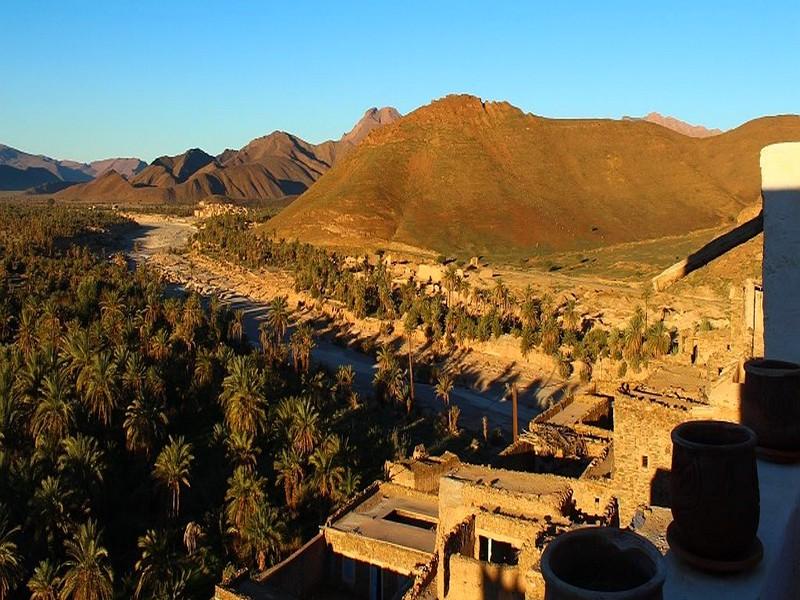
Tucked away in the south of Morocco, lies the unassuming town of Tata. Those more intrepid travellers on a tour of the southern Morocco, spending the night in Erg Chigaga dunes, pass close by. At a first view,Tata seems a middle- of- nowhere ghost- town built by the French at the beginning of 20th century, part of the colonisation of Morocco. But, there is more than meets the eye. And perhaps the best way to find out is booking a stay at Dar Infiane. Perched on top of a hamlet across the palm grove, the century- old dwelling appears from the outside more like an undefeatable citadel rather than the warm and hospitable guest house it trully is. I had my reservations on my first visit, as the reviews on the internet were mixed. But I still recall the feeling I had when I first stepped in, on a late afternoon in January, years ago. It was as if I had stumbled upon a house that defied all logic, like the ones in Disney animated pictures (which secretly you hope it exists). Its hidden corners, nannies and crooks, rooms with ceilings shoulder- level, the labyrinth of passages, the roof terrace, the secret plunge pool, the miniature windows, the views, the dining salon - I immediately fell in love with it.
As I'm writing these lines, some 500 kilometers away, I imagine it at night, when the neigbours come out on their roof terraces below to chat late at night or at breakfast, the roof terrace overhanging the green vast serpent that is the palm grove beneath. And yes, there are a lot of stairs, the bed linen and towels could certainly get an update and the staff speak no English. But the staff are most warm and obliging, dinners served by Latifa are abundant and delicious, you get hot showers, reversible A/C, and Patrick, the owner, is most willing to share his passion and tips about the region, having lived in Morocco for the last 40 years or so. But the main reason you book here is the magic that the house transpires, a place you'll remember long after you concluded your bespoke tour of Morocco. Patrick agreed to share the story behind it.
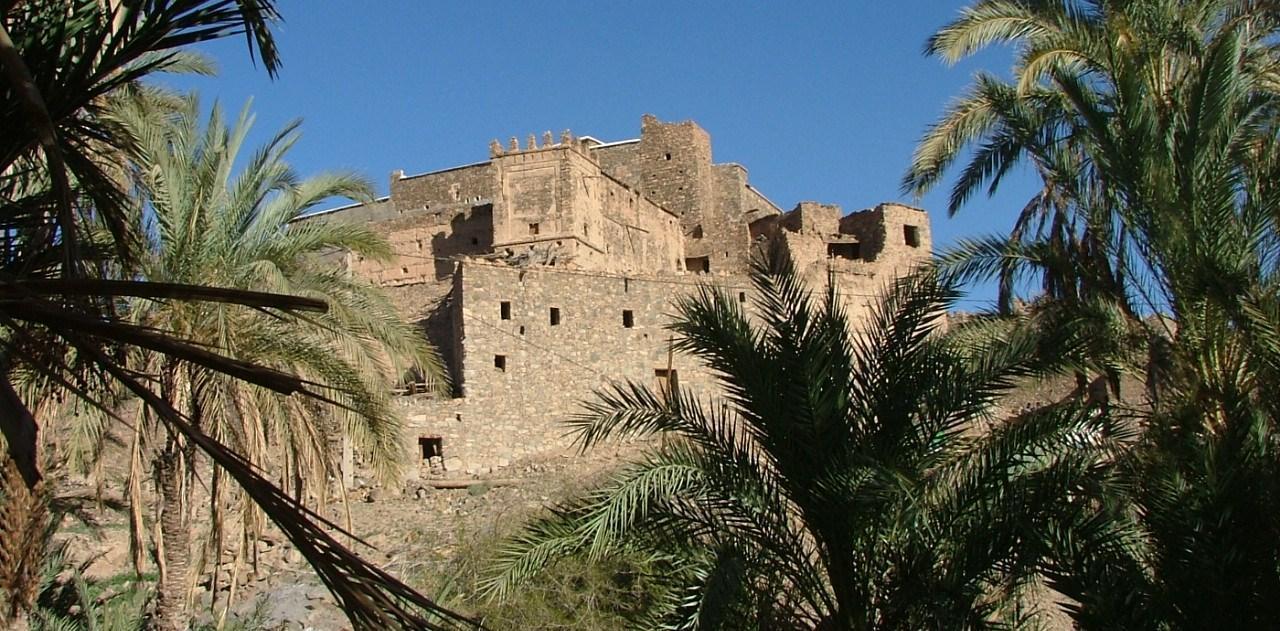
Sun Trails: I do not know of any other guest house like yours in Morocco. Its age, its charm, its location, its rooms, render it quite special - how did you come across it the first time and how did you think of acquiring it ? Tell us a bit about its history and its location on the top of the village.
Patrick Simon: It’s a long story that starts with my experience at the time as a GCMA expert (Great crossing of the Moroccan Atlas) which used to label rural lodgings in the High and Middle Atlas. One day I travelled to Tata, to gather information about two airport strips and I fell "en amour", as the Canadians say, with this douar ( hamlet) perched above Tata’s palm grove. In fact it was a half-ruined building. My experience of rehabilitation enabled me to see what it could become if given the proper care.
The hamlet has a few centuries of existence and is a perfect example of the typical oasis and rural buildings of foregone times. Then, men took their time to build homes in a community, in the right season, with local materials: clay, stones and palm beams to support the roofing. They also had great knowledge of best exposures and ‘passive ventilation’, that kept them safe from hot summers and cold winters. I learned that, in fact, originally this douar consisted of 7 hamlets inhabited by fractions of the same tribe, spread over the crests of surrounding valleys. A positioning that favored them to regulate the various commercial passages and camel caravans.
ST: Given its location and structure, isn't it difficult to keep the guest house in actual state ? How do you manage ? Hot water, toilets, supplies, plumbing ?
PS: It is true that this structure requires annual maintenance, but it is also true that using local materials offers sound and temperature insulation. My previous experience enabled me and Francine, my wife, to decide from the beginning the best solutions fitted for the management of water, electricity, sanitation, thus avoiding us all subsequent head-aches in terms of repairs or modifications. Our efforts were then rewarded with the Green Key label.
ST: Which countries do most of your guests come from? Since the majority of visitors to Morocco come to see Fez, Marrakech and the desert, not many travel further than Taroudant or Zagora. It isn't a hotel so we can't find you on booking engines either. How do you reach out to them ? Word of mouth, internet, travel agencies ?
PS: To be honest, they come from all over the world. We started the rehabilitation work of the house in 2001. To be successful, we had to devise our own marketing strategy. Very early we decided for the choice of communicating via the internet and later, social networks. The word of mouth did the rest.

ST: With its hidden corners, rooms with low ceilings, miniature windows, nooks and crannies, the house resembles a small scale Chefchaouen and must be a heaven for children. I for one, spent an afternoon playing hide-and-seek with my 5 year old daughter last time I stayed... Do you have many families with children staying there?
PS: You are absolutely right ! This, together with our small plunge pool on the terrace makes it the ideal spot for them ! We do have families with children staying and children appreciate most these corners, nooks and crannies that in themselves constitute the most charming aspect of their stay.
ST: Do you think the guest house is meant for everyone ? If not, what is the profile of the visitor you are looking for ? What is that you are offering above the hotels in the area?
PS: It is true that our house being perched on the top of the hill, which greatly amplifies the beauty of the overhangs and sunsets over the palm grove admired from our terrace, one must climb quite a few stairs, and in this aspect, Dar Infiane well, you have to earn it ! ;) We always tell our guests before booking about the many stairs to be climbed.
ST: What is there to do in the vicinity of Tata that is specific to this region? How many days do you advise to spend in the region, depending on the season? What is the best season of the year to get there?
PS: The region of Tata is rich with the dramatic landscapes of the Anti Atlas, its diverse heritage of igoudars (granaries), sand waterfalls and natural grottoes, its mellahs, house of Charles de Foucald and of course its verdant oases and their traditional khetarras, water clocks and all the micro- communities this creates. I particularly recommend having a walk in the palm grove with a local guide to get a glimpse into this traditional way of living. The region is equally rich with history from the Almohad- era tower to Agadir Ouzrou and the numerous sites of prehistoric rock engravings. One could easily spend 3- 4 days around it.
For me, the routes are part of the journey hence January and February when the almond trees are in flower are perhaps the best time of year to book. That being said, all year round we have guests coming and enjoying the region and the guest house.
ST: Tell us about your projects for the region, knowing that you are also vice president of the Regional Council of Tourism.
PS: We are currently working on Jbel Bani Geopark, a regional project of local development linking tourism and development of material and immaterial resources of the region. The aim is to create jobs and income for the local population (of which 40% are young people). We believe that eco-tourism projects such as ours can be an example in creating integrated and sustainable forms of development without ignoring the impact of climate change on this region, where water shortage is already a reality.
ST: Recently you contributed to our article on security in Morocco. Local authorities are doing their utmost to guarantee tourists this security. However, the number of visitors in Morocco has declined lately. What can be done more to attract more tourists, especially those interested in cultural and adventure travel ?
PS: It is undisputable that Morocco has been able to take the necessary initiatives to avoid any security breaches. I think we should all communicate more to promote the diverse cultural aspects of Morocco. The world has changed much these last few years, indeed. But Morocco ranks among the safest countries! It is no longer a question of reassuring the travel agencies or tour operators but rather the end- user, the traveler, via the social media and all other modern- day platforms.
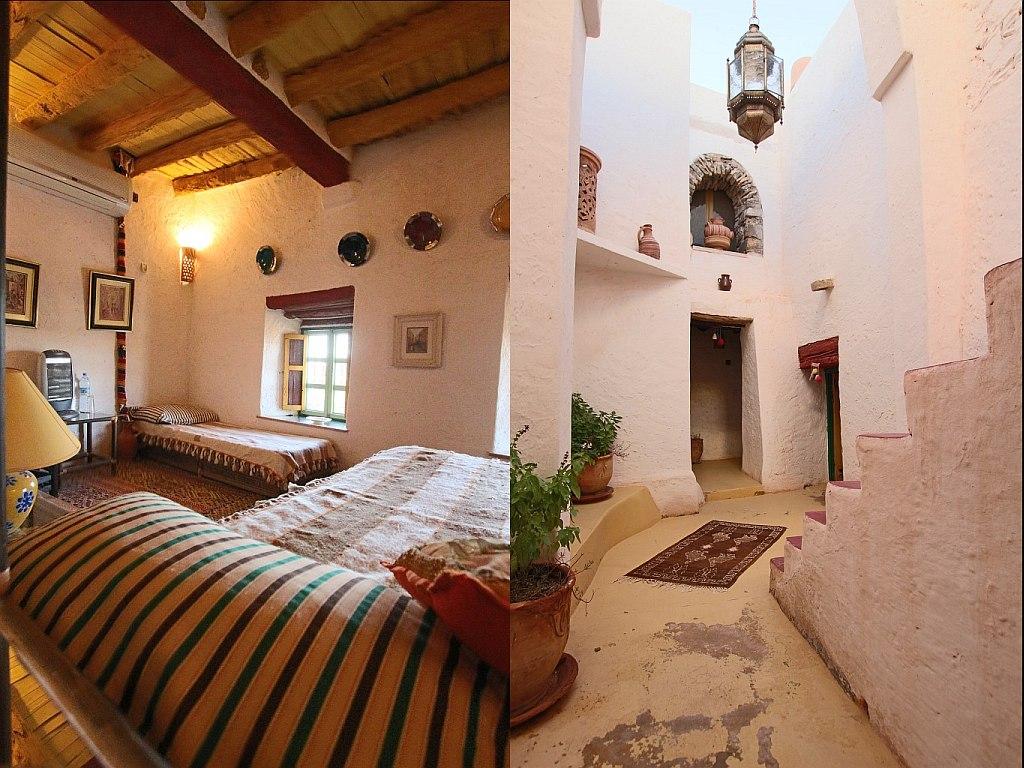
Dar Infiane is currently offered on our private tours of Morocco as part of our Dreamers range of accommodation.
© Sun Trails 2017. All rights reserved. No part of this interview may be reproduced, distributed, or transmitted in any form, including photocopying, recording, or other electronic or mechanical methods, without the prior written permission of the publisher.
Le 02 January 2017
Source Web : Sun-Trails
Les tags en relation
Les articles en relation
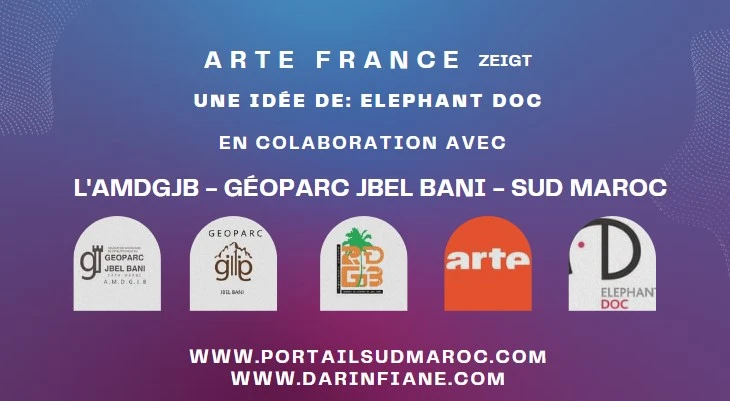
INVITATION AU VOYAGE: AU MAROC LE LANGUAGE DES SIGNES Berbères - Tata - ARTE
Par cette « INVITATION AU VOYAGE de la Chaine Franco-Allemande, ARTE sur une Idée d’ELEPHANT DOC « LE LANGAGE DES SIGNES BERBERES » Par les Regards de l�...
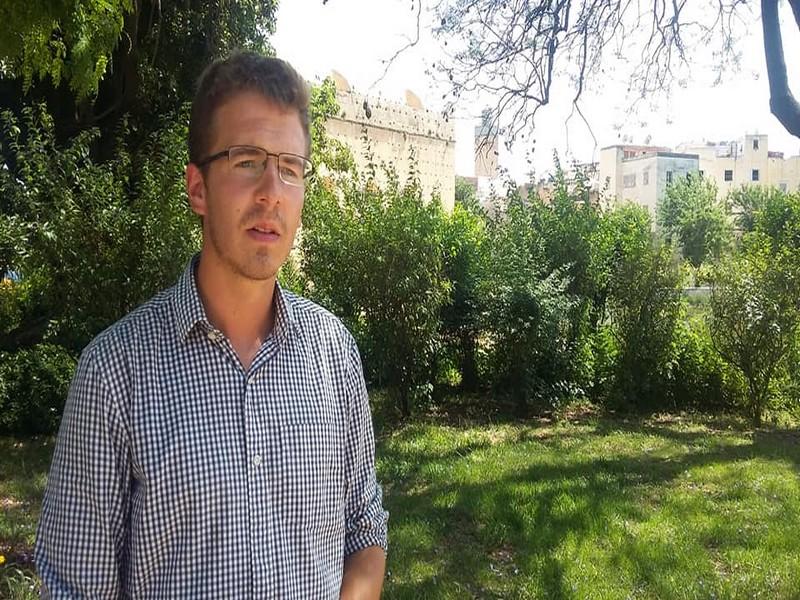
En Vidéo : Les Regards de L’AMDGJB avec Jean François de Marignan 3éme interview par Patrick S
3éme (1) interview par Patrick Simon de: Jean François de Marignan à Fes, pour la fin de son périple de 3200 kms à pieds réalisés en 5 mois ½ Aprè...

Maroc : TATA inaugure une usine de blindés à Berrechid
La visite au Maroc du ministre indien de la Défense, Rajnath Singh, a marqué l’inauguration officielle de l’usine de véhicules blindés TATA Advanced Sys...
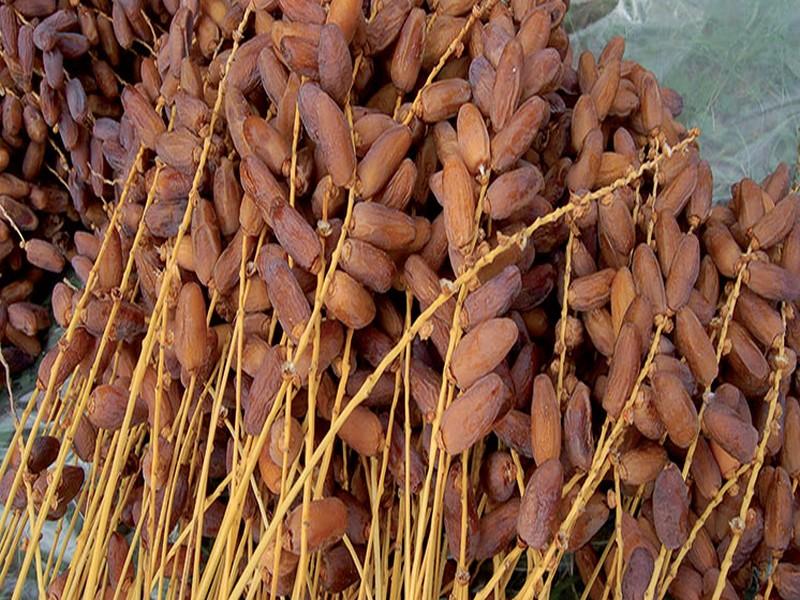
Province de Guelmim : La Foire régionale des dattes de Taghjijt du 17 au 20 octobre
La commune de Taghjijt (province de Guelmim) abritera du 17 au 20 octobre la deuxième édition de la Foire régionale des dattes de Guelmim-Oued Noun, placée ...
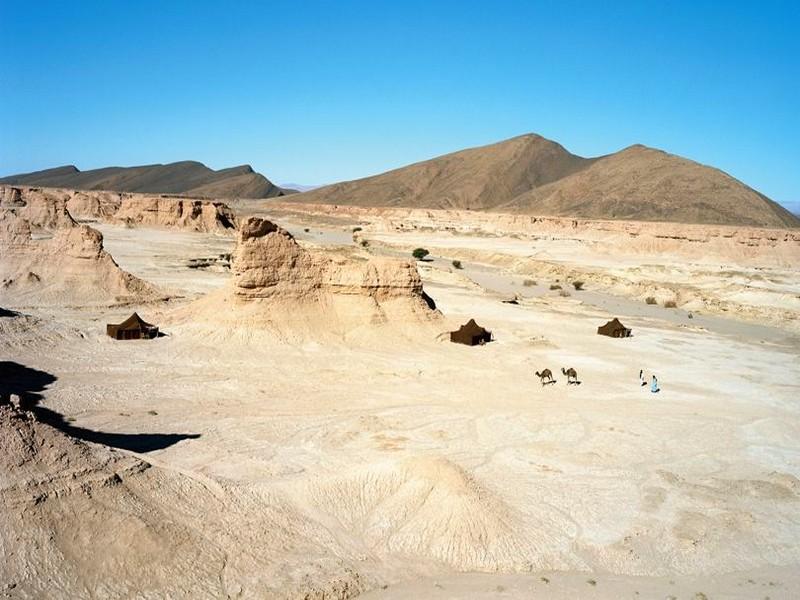
Morocco: Road trip to the Sahara
Go in search of an authentic Moroccan experience on a trip from Taroudant to the desert The empty road turns into a track that peters out into desert floor, ...
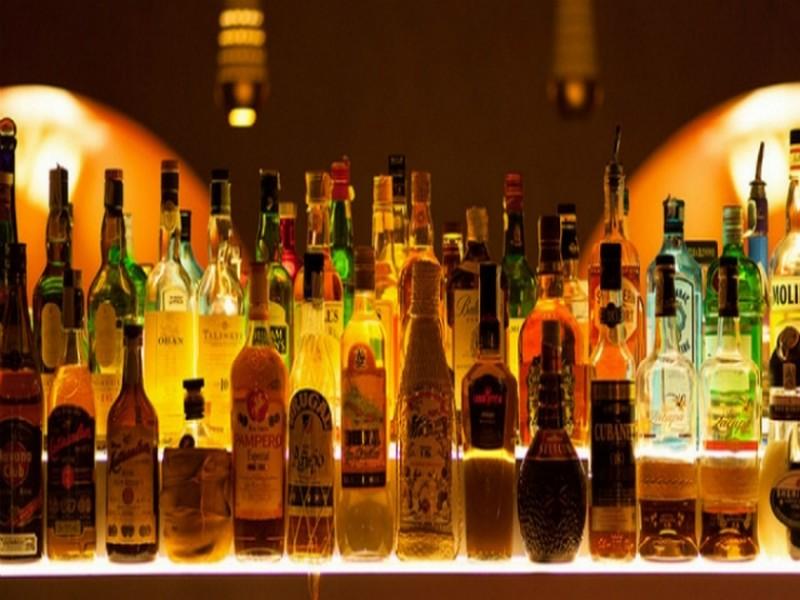
Alcool: voici ce que consomment les Marocains
Le nombre de Marocains de plus de 15 ans qui consomment de l’alcool a légèrement baissé entre 2010 et 2016. C’est ce qu’a révélé le dernier rapport ...
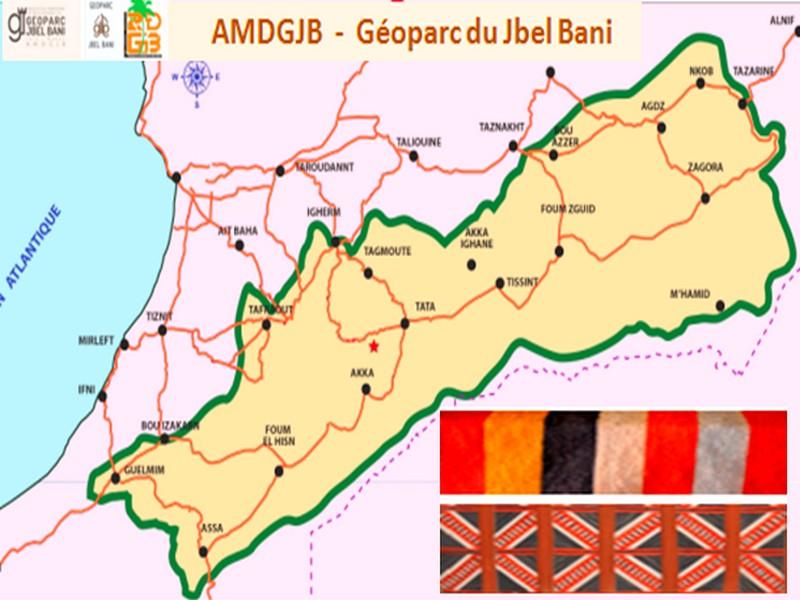
LES REALITES A SAVOIR !
AMDGJB - Géoparc Jbel Bani est une association Marocaine, constituée d’administrateurs marocains(es), de professionnels, d’associatifs, de scientifiques...
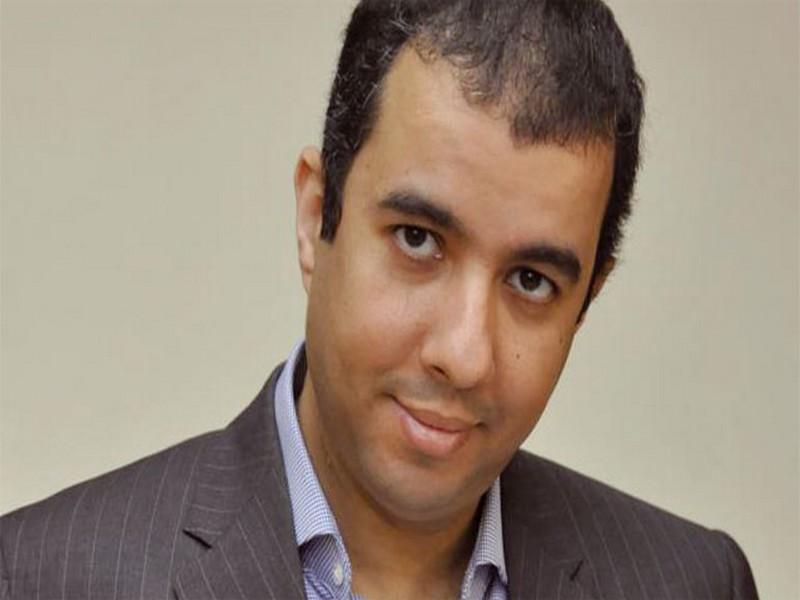
Plan Azur : retour sur un naufrage
Quand une élite, bien intentionnée, on n’en doute point, pense qu’elle maîtrise le sésame magique du développement économique, elle commet en fait deu...
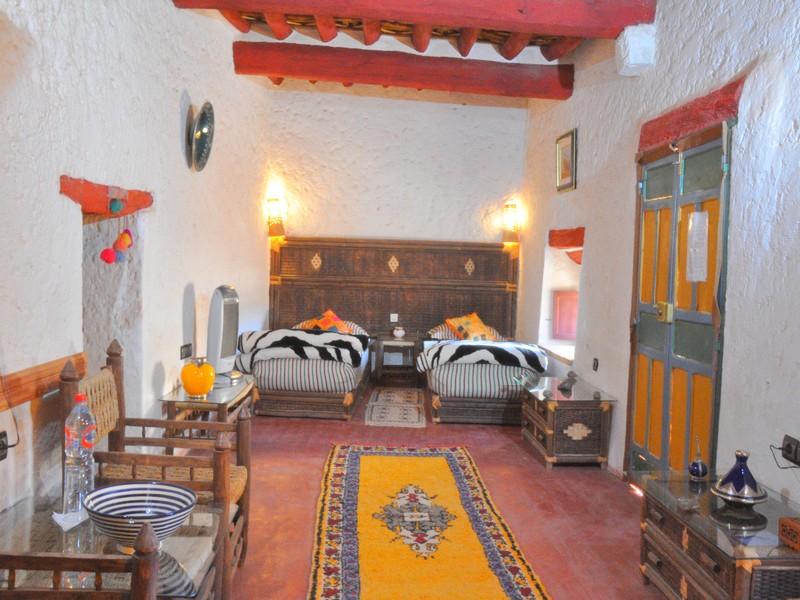
#darinfiane #Tata: Vous sentir libres à Tata Pour de véritables expériences touristiques Sud Maro
...
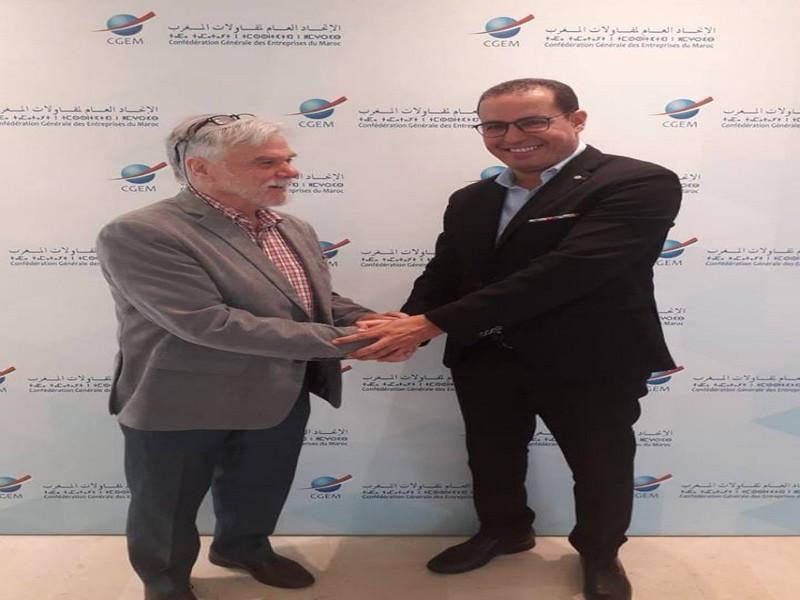
Filière Hydrogène : Adhésion de l’Association Marocaine de Développement du Géoparc Jbel Bani
10-10-2018. L’Association Marocaine de Développement du Géoparc Jbel Bani (AMDGJB) a confirmé son adhésion à l’AMHYD (Association Marocaine pour l’Hy...
.webp)
Alignement des actions de l'AMDGJB et du TSGJB avec les Hautes Orientations Royales : Une Feuille de
L'AMDGJB s'aligne depuis une quinzaine d'années sur orientations Royales que le discours royal pour la rentrée parlementaire 2025-2026 présent...
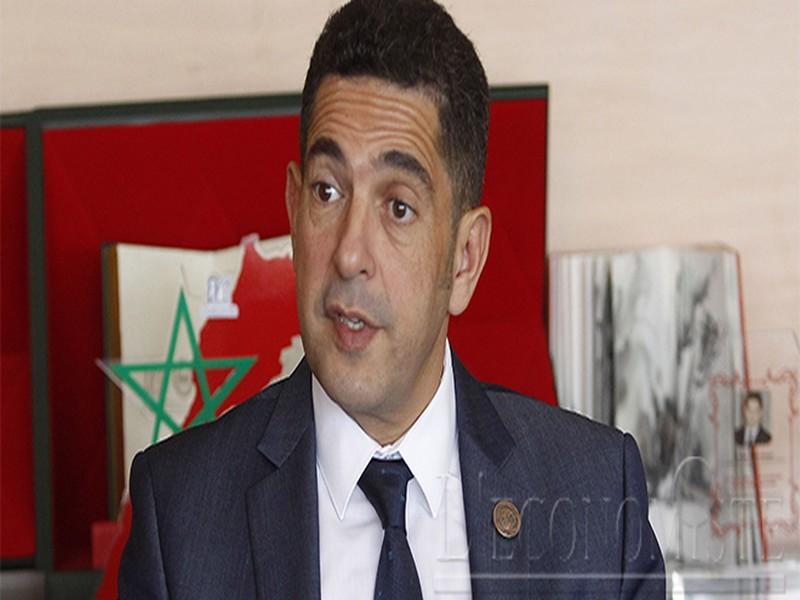
Enseignement : Plus de 381.000 bourses pour cette rentrée
Un total de 381.783 bourses d’étude devraient être attribuées au titre de la rentrée universitaire 2018-2019, dont 162.283 nouvelles bourses pour les troi...


 mardi 8 mai 2018
mardi 8 mai 2018 0
0 








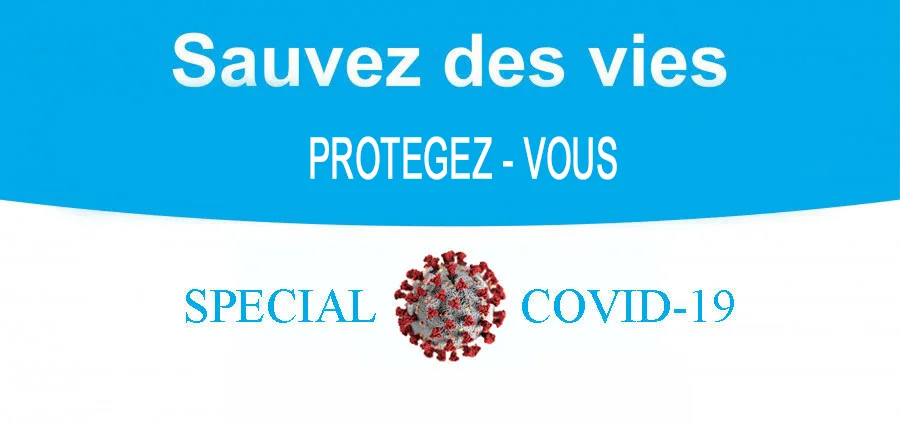

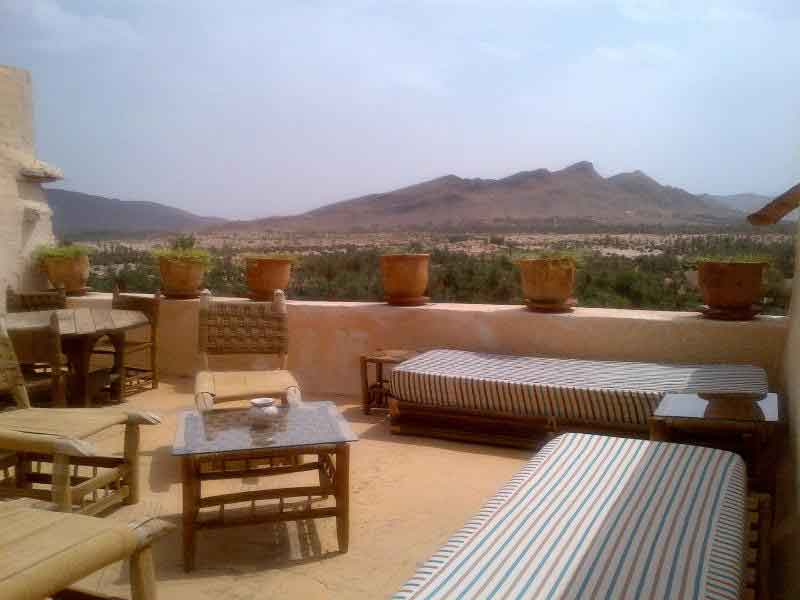
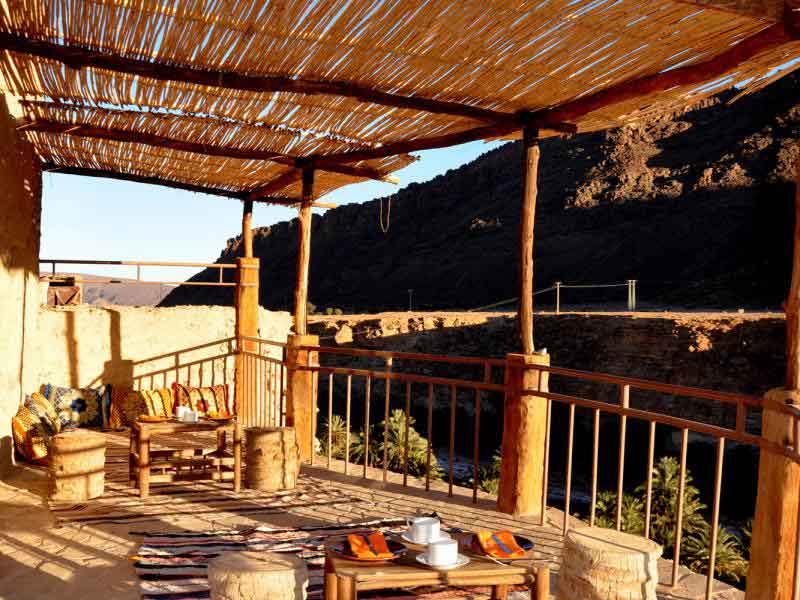
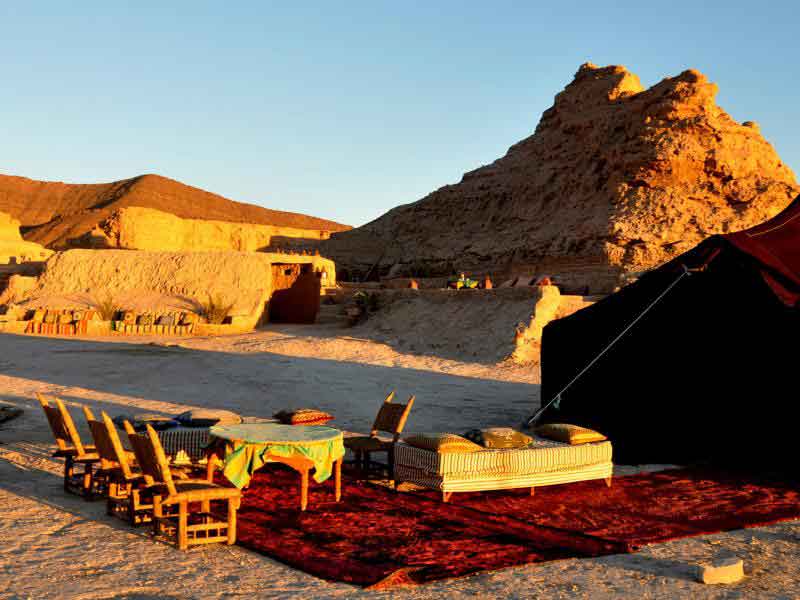
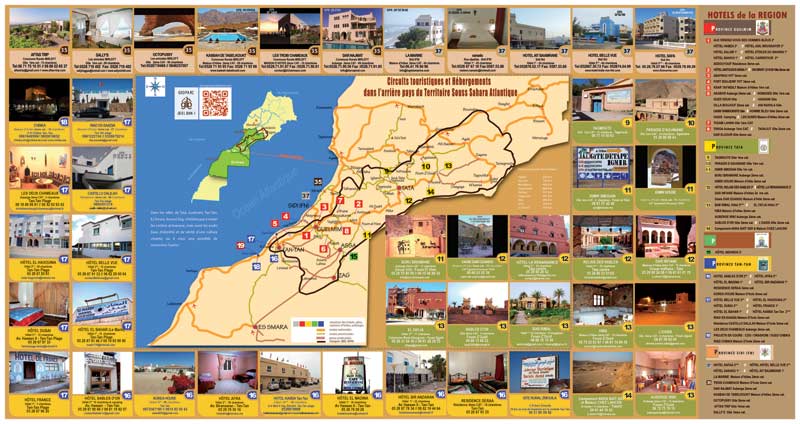
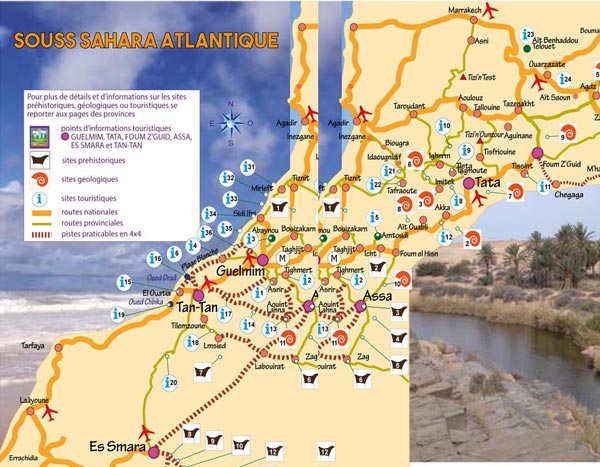
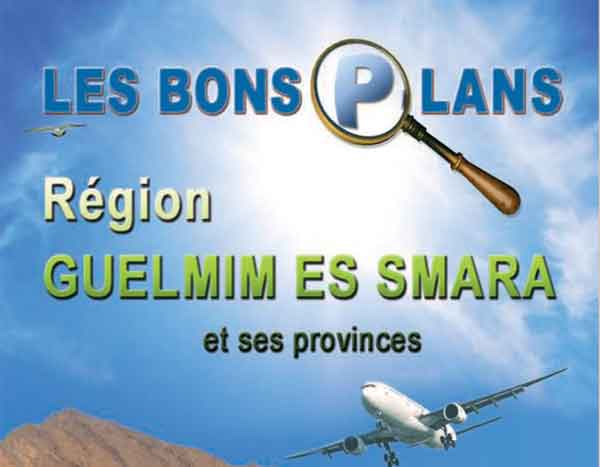
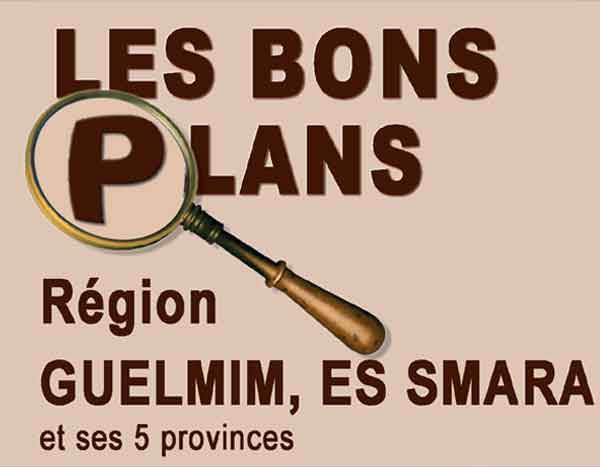

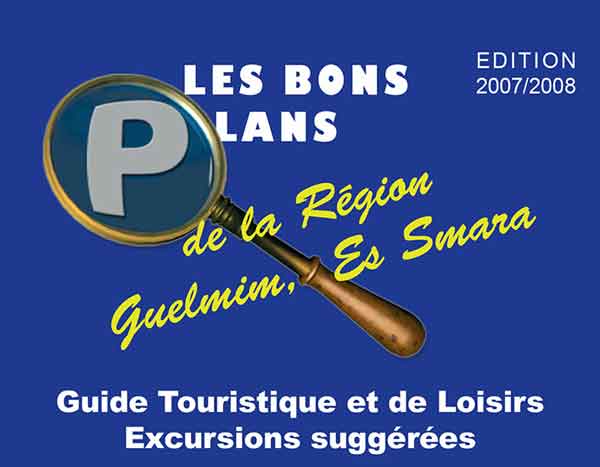
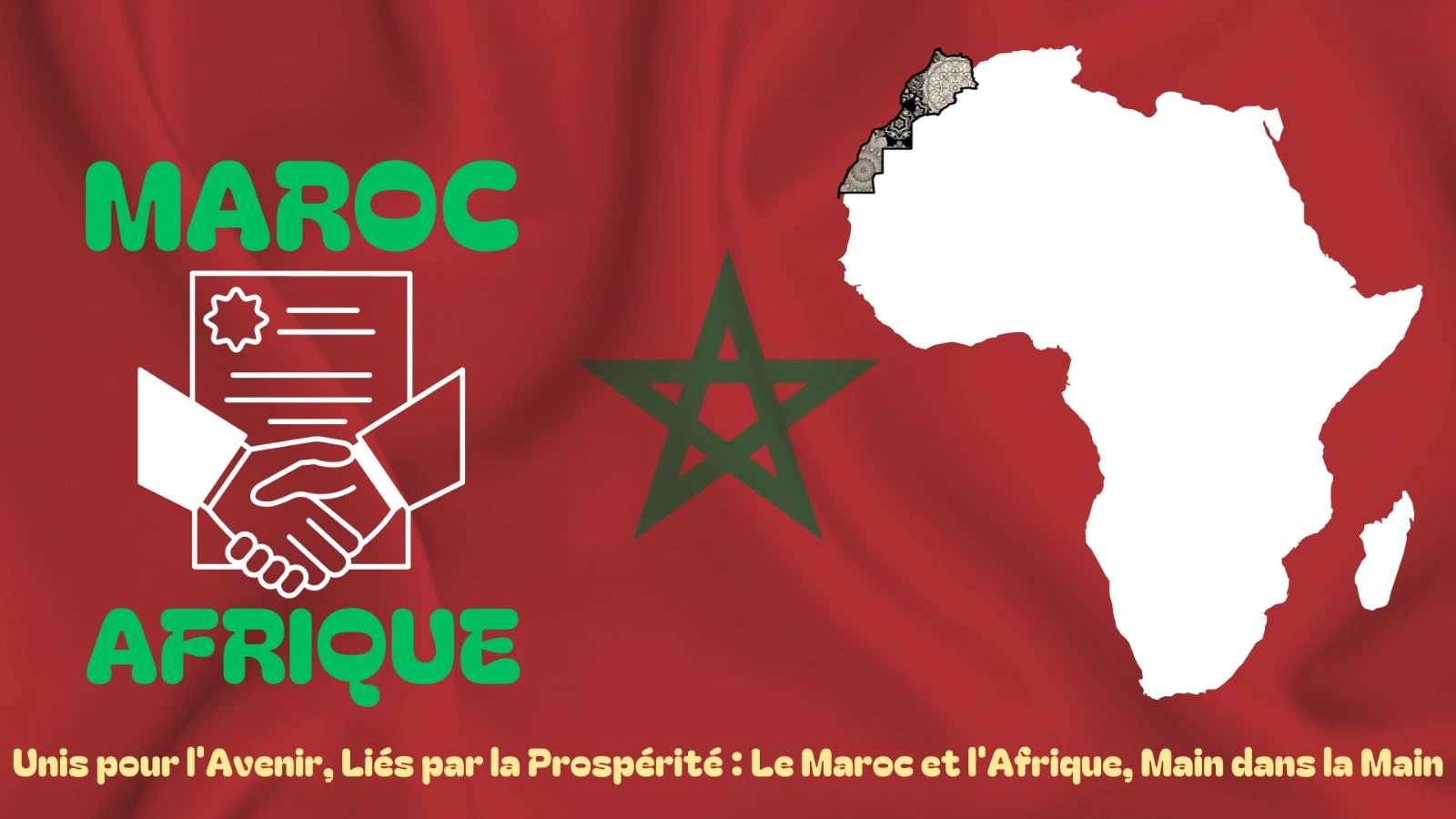

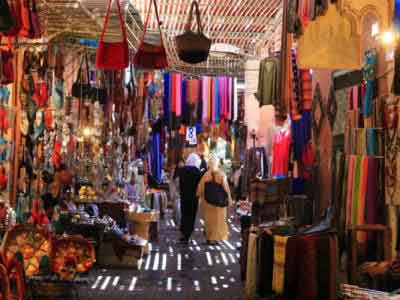
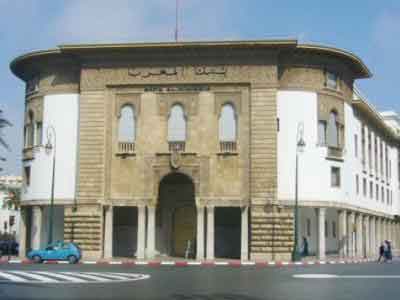
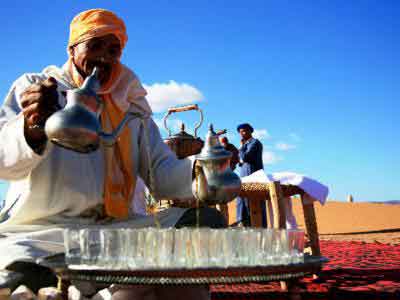


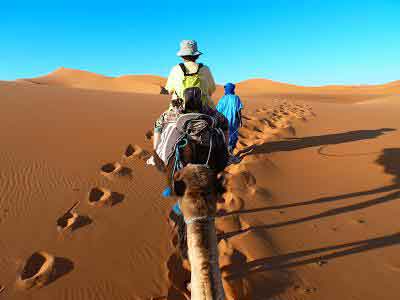
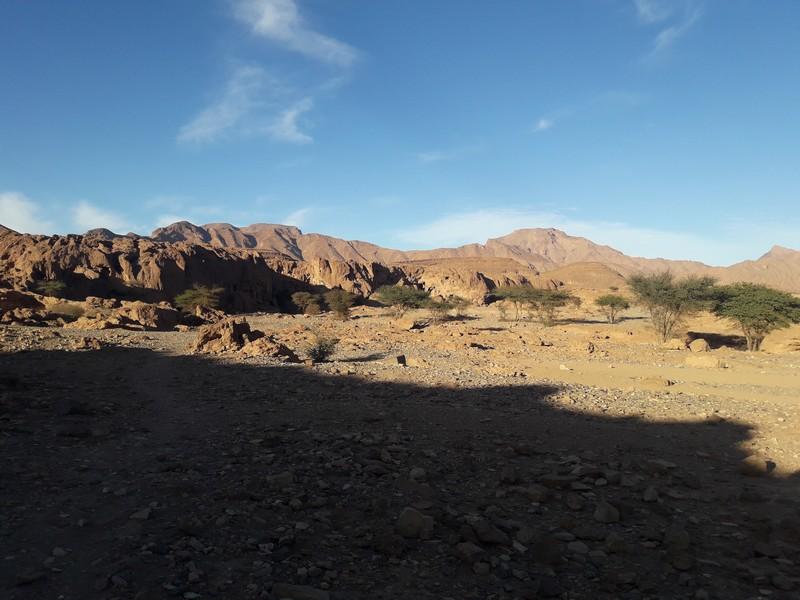
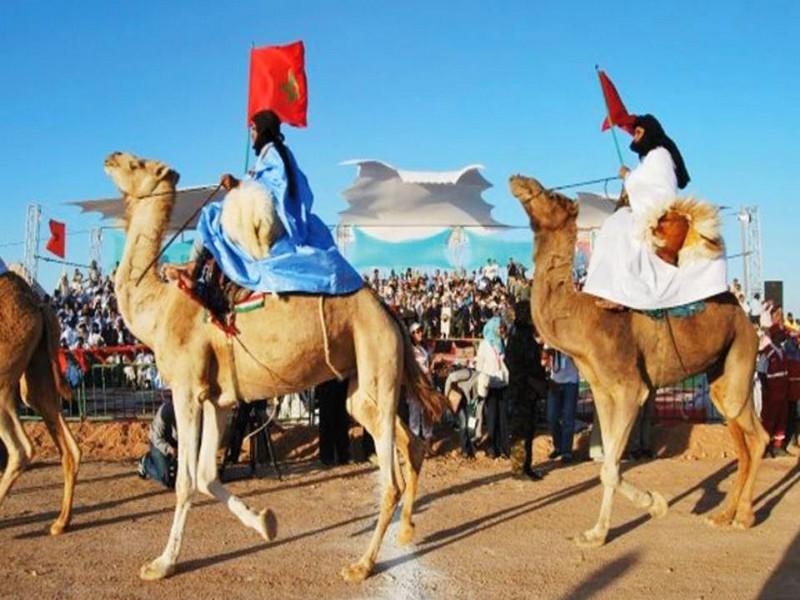
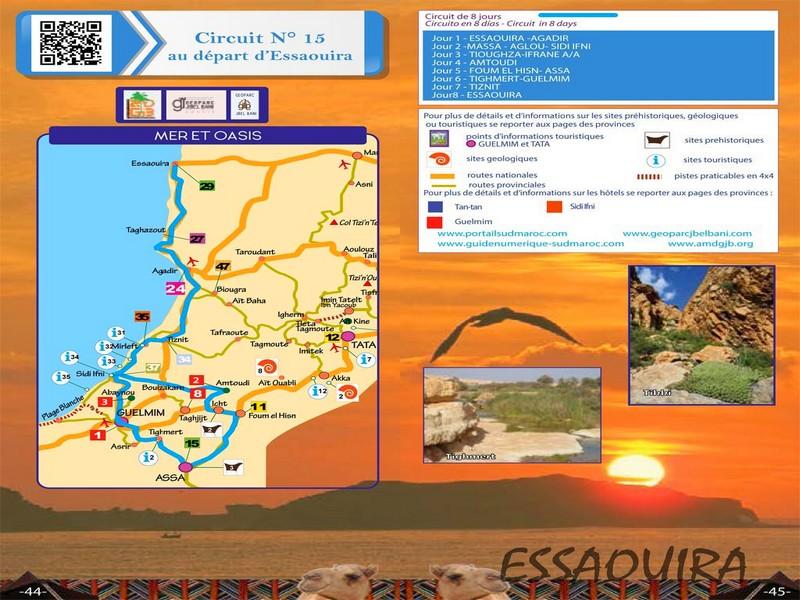

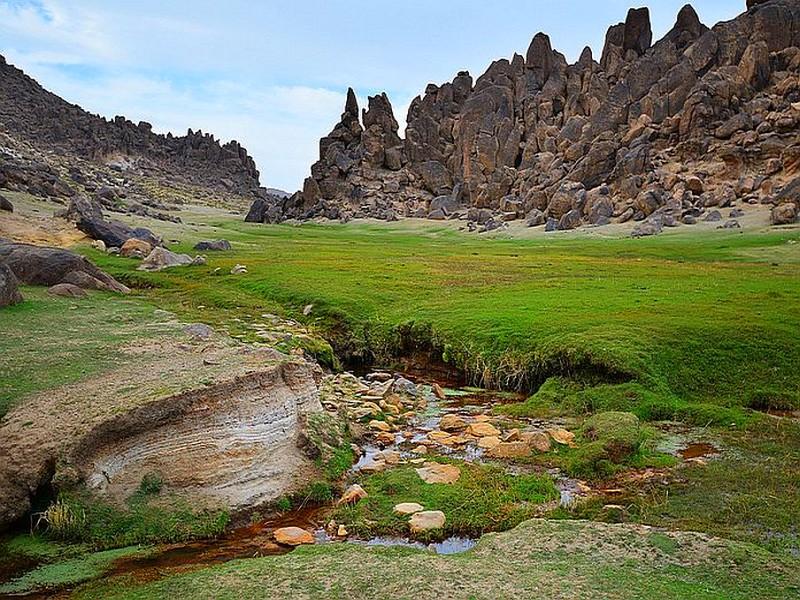



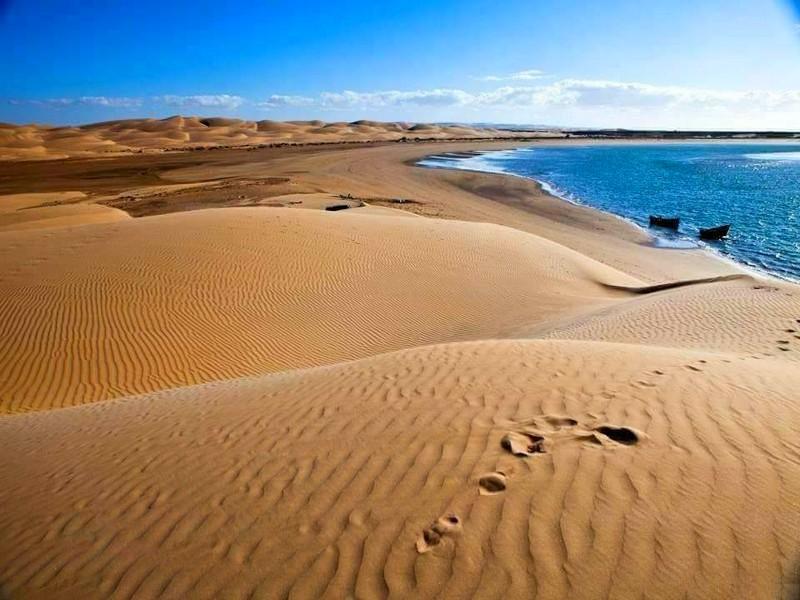
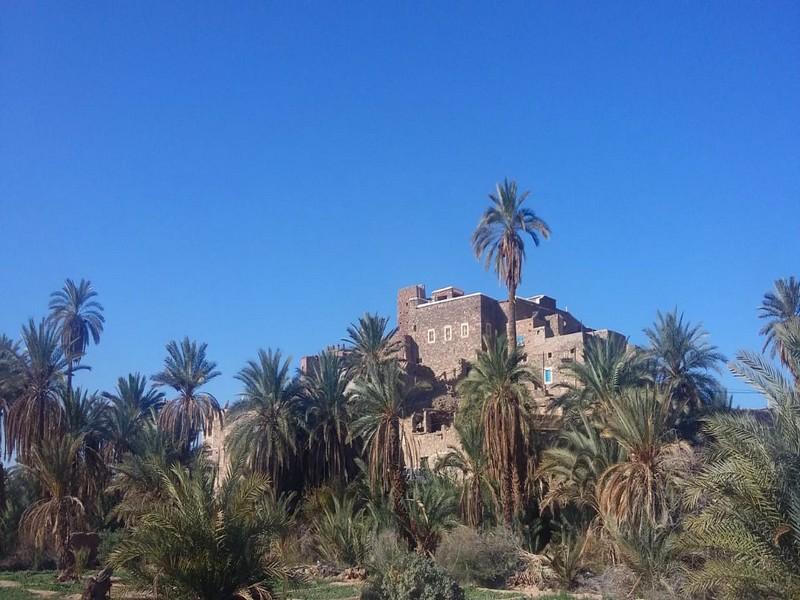
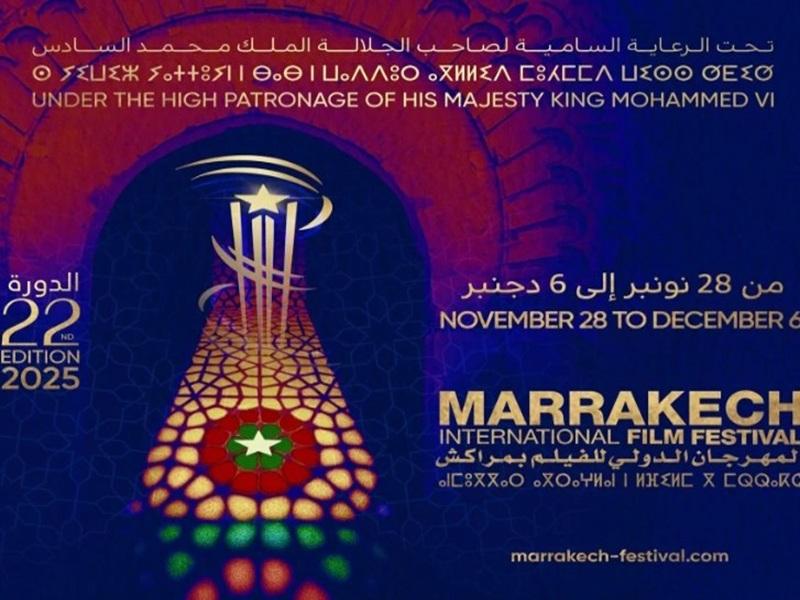
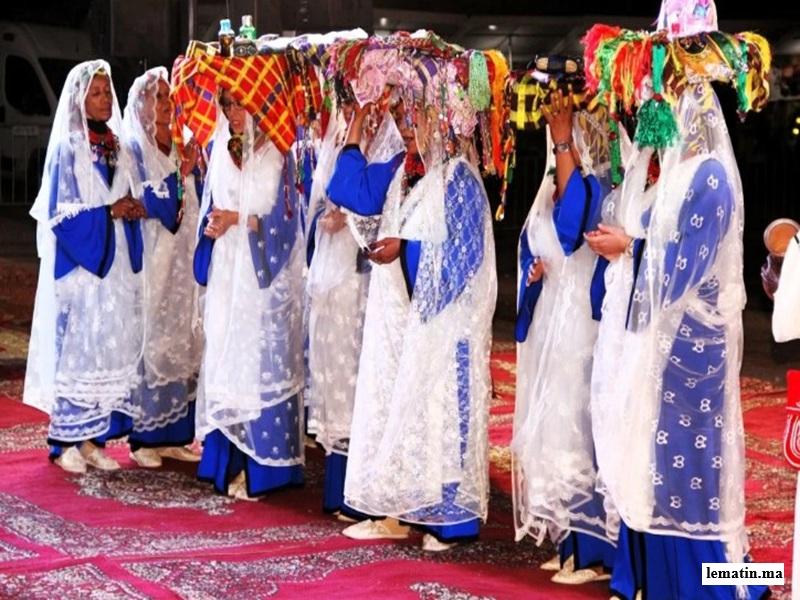
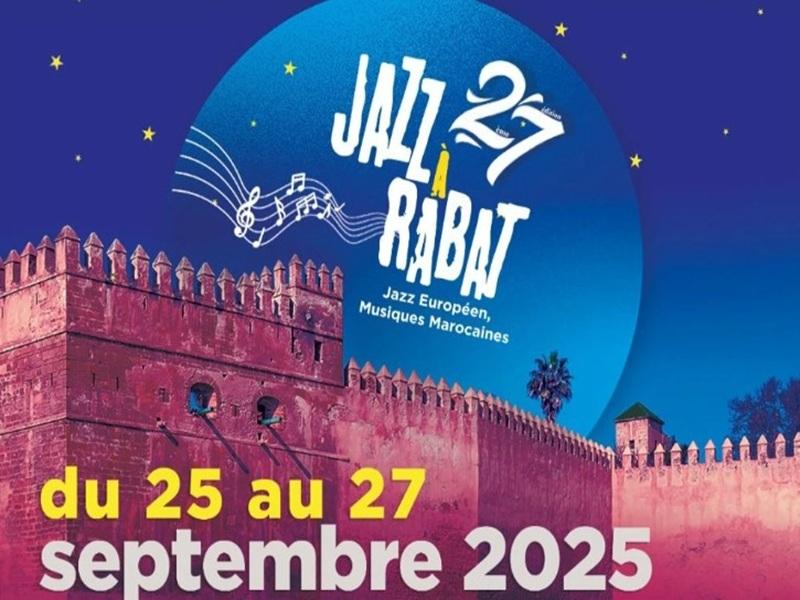
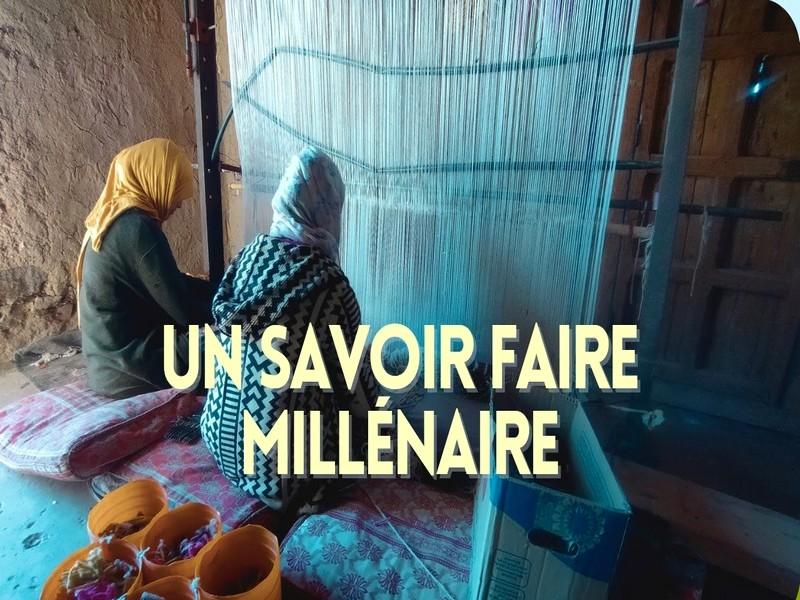
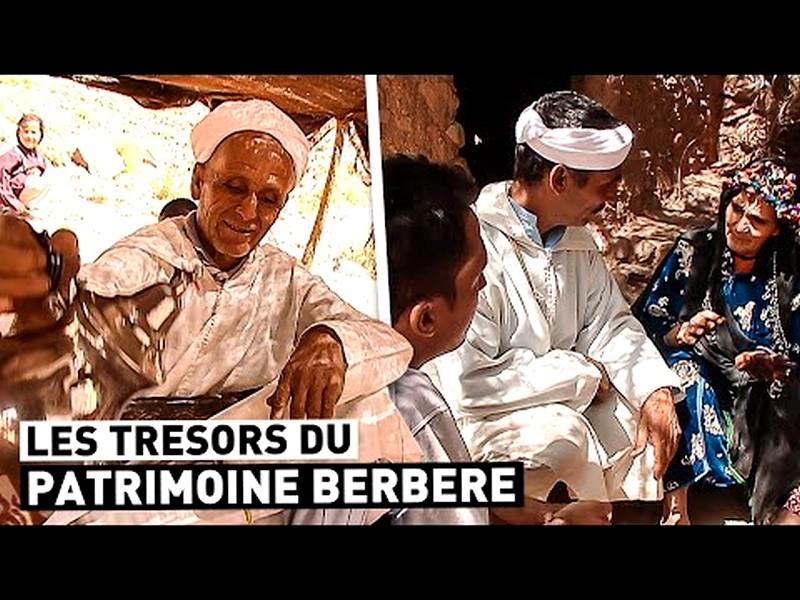
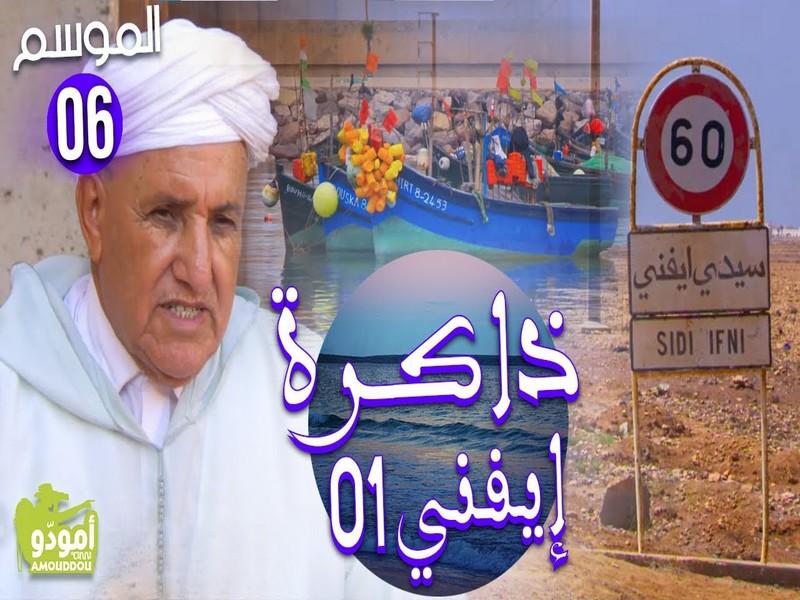

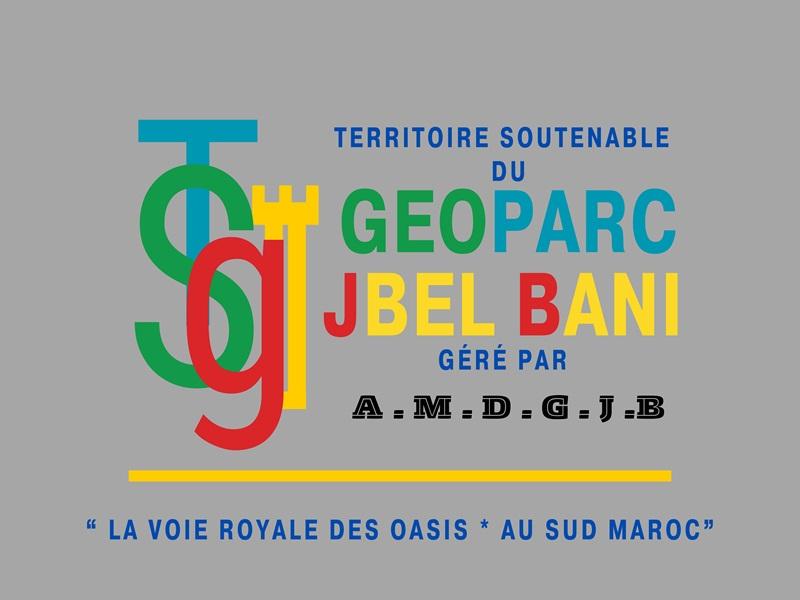
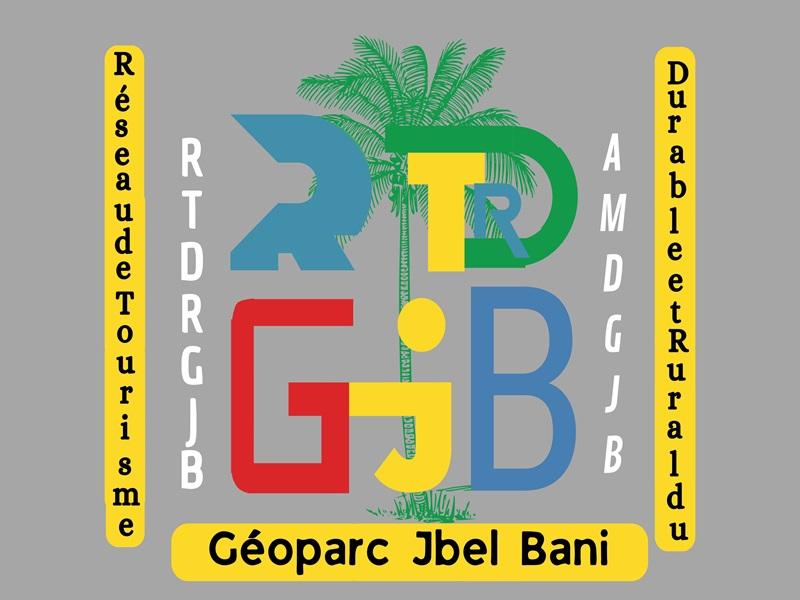
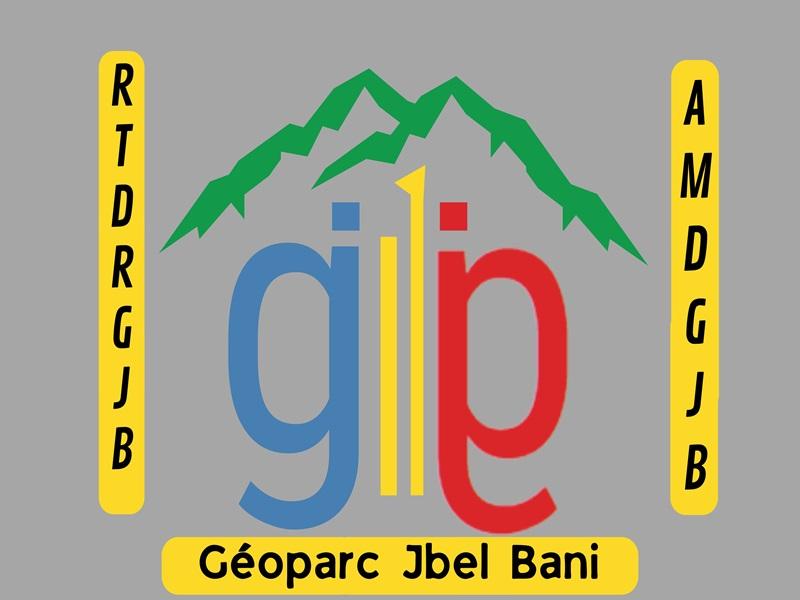
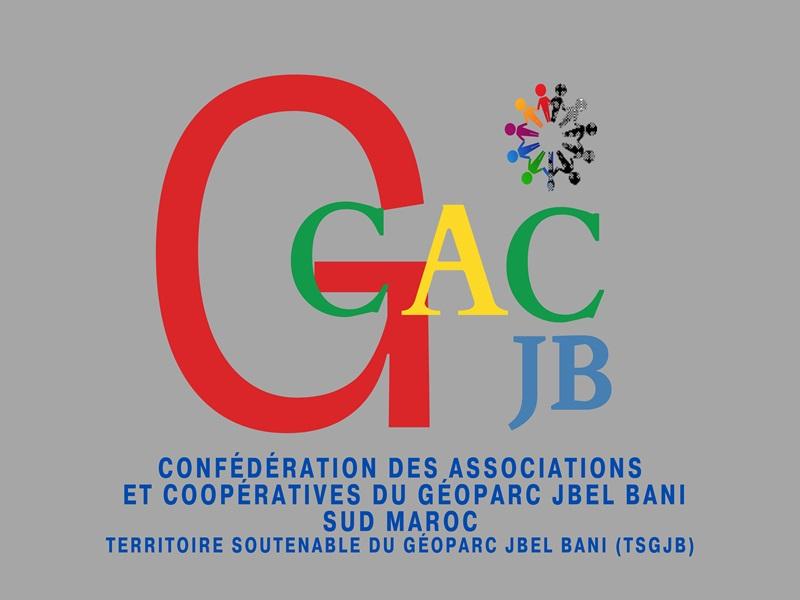
 Découvrir notre région
Découvrir notre région